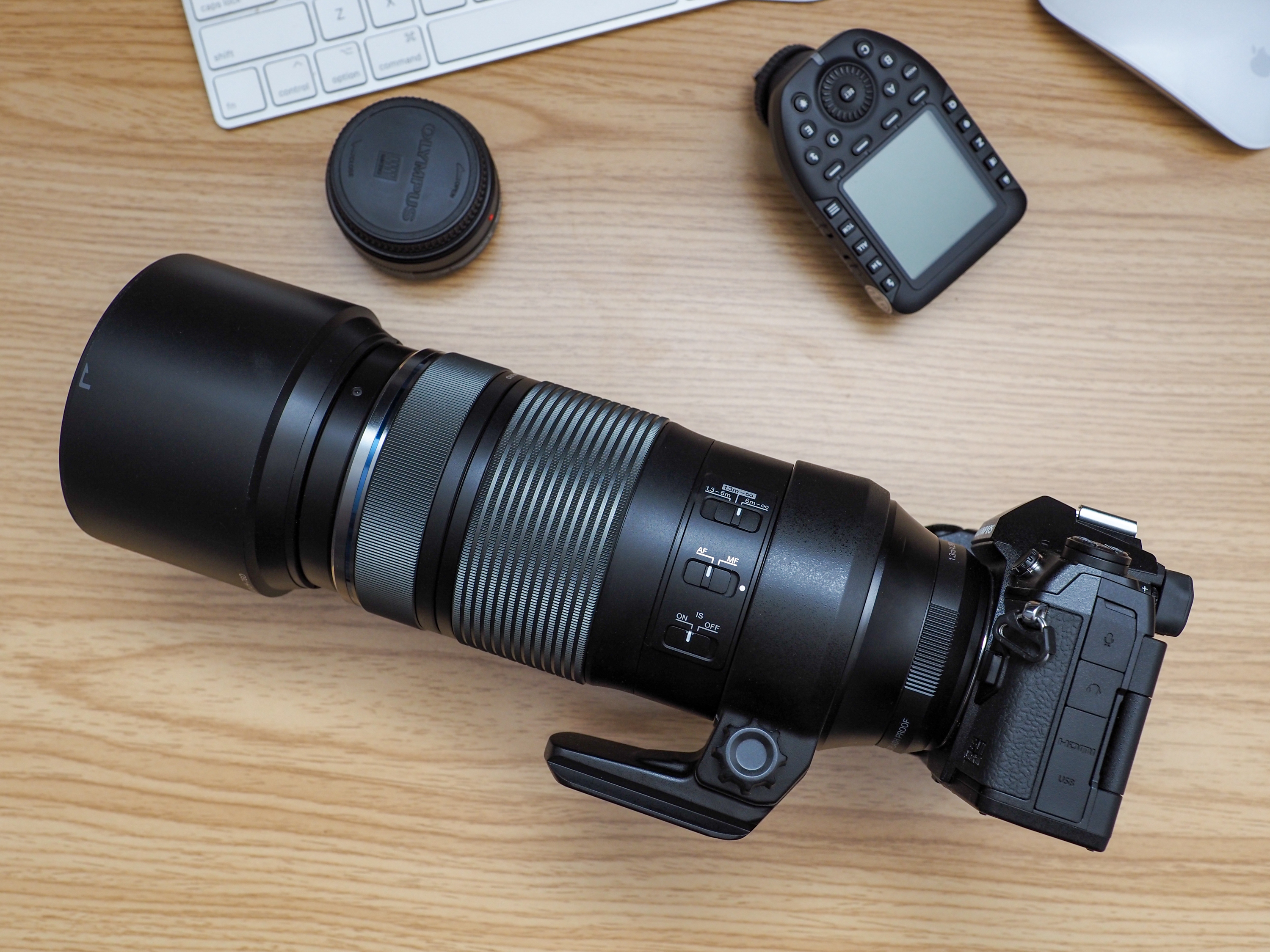Last Updated on 08/14/2020 by Mark Beckenbach
The Olympus 100-400mm f5-6.3 IS is a powerful superzoom perfect for sports and wildlife photographers.
If Micro Four Thirds shooters wanted an affordable superzoom, their only choice for a good few years has been the Panasonic Leica 100-400mm. But now, Olympus has jumped into this space with the new Olympus 100-400mm f5-6.3 IS. This lens has been a long time coming, and from the moment it appeared on the Olympus lens road map, wildlife, and even some sports photographers have been eager to get their hands on it. Does this new lens live up to the hype? Has the wait been worth it? Let’s find out in our full review.
Table of Contents
Pros and Cons
Pros
- Superb image quality
- Image stabilization makes this lens easy to handhold
- IPX1 weather sealing means this lens will face Mother Nature head-on
- Excellent overall build quality
- It can be used with the MC-14 and MC-20 teleconverters to give a maximum focal length of 1120mm and 1600mm
- Excellent color rendition
- In great light, this lens focuses at a rapid speed, and it’s quiet
- Compatible with focus stacking modes in certain Olympus cameras
- It’s fairly priced at $1,499
Cons
- The texture on the zoom ring leaves a lot to be desired
- In low light or low contrast situations, the lens hunts a little
- The Arca Swiss compatible tripod collar is just a little on the stubby side of things
Gear Used
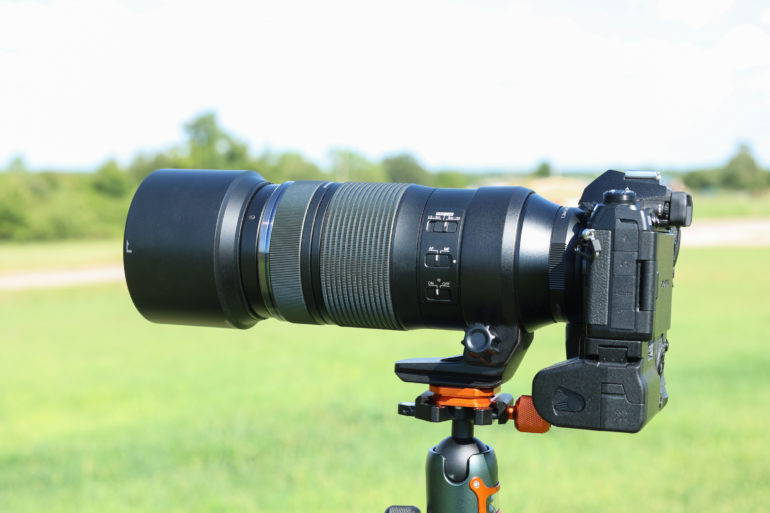
We used the Olympus 100-400mm f5-6.3 IS with the Olympus OM-D E-M1 III, the Olympus MC-20 2x Teleconverter, and the 3 Legged Thing Ray Tripod.
Tech Specs
All technical specifications have been taken directly from information that Olympus provided us with.
- Focal Length: 100-400mm, 35mm Equivalent Focal Length 200-800mm
- Lens Construction: 21 elements in 15 groups (4 ED lenses, 2 Super HR lenses, 2 HR lenses)
- Weatherproofing: IEC Standard publication 60529 IPX1 (applies when the lens is used with Olympus splashproof Body) / Dustproof construction
- Focusing System: High-speed Imager AF (MSC)
- The angle of View: 12 degrees (Wide) – 3.1 degrees (Tele)
- Closest Focusing Distance: 1.3m (4.2ft at all focal lengths)
- Maximum Image Magnification: 0.09x (wide)/ 0.29x(tele)
- Equivalent Max Image Magnification: 0.17x (wide)/ 0.57x (tele)
- Minimum Field Size: 202.4×152.1mm (Wide)/ 60.3×45.3mm (Tele)
- Number of Blades: 9 (Circular aperture diaphragm)
- Maximum Aperture: F5
- Minimum Aperture: F22
- Lens IS Mechanism: VCM (voice coil motor)
- IS Performance: Lens IS 3 steps** According to CIPA standards. With yaw and pitch applied and focal length set to 400mm
- Filter SizeDiameter: 72 mm
- Dimensions: 86.4×205.7mm
- Weight: 1,120g / 2.46lbs (without Tripod Adapter, Lens Cap, Lens Rear Cap, and Lens Hood)
Ergonomics
The ergonomics section has been taken directly from our first impressions post. Nothing has changed since we published that piece.
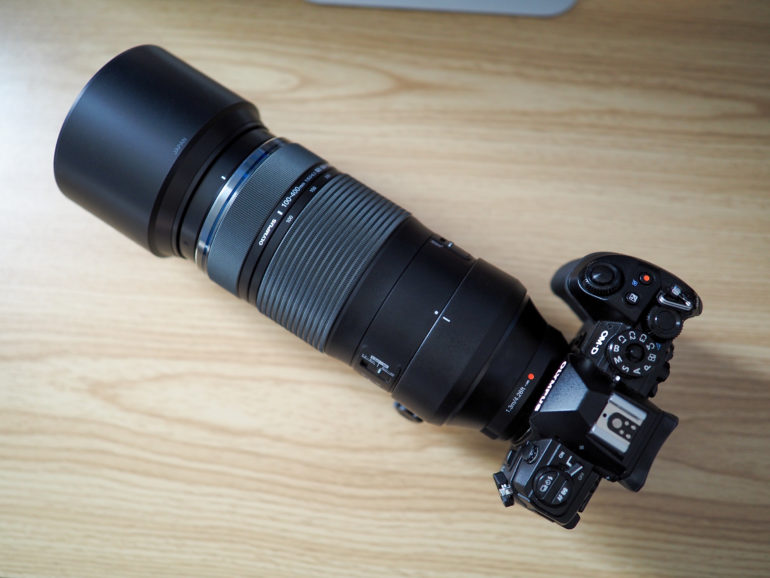
The first thing any seasoned Micro Four Thirds user is going to notice is the size of the Olympus 100-400mm f5-6.3. For what the lens is, it’s actually on the small side when compared to Full Frame equivalents. But as far as M4/3 lenses go, this is a Leviathan when it comes to size and weight. The Olympus 100-400mm is roughly the same size as the Olympus 300mm f4 Pro (approximately 11-inches long with the hood attached, 8-inches long without) when not zoomed out to 400mm, and it weighs 2.46lbs (compared to 2.8lbs of the 300mm f4 Pro). In the image above, you can see the sizeable textured zoom ring and the smaller manual focus ring.
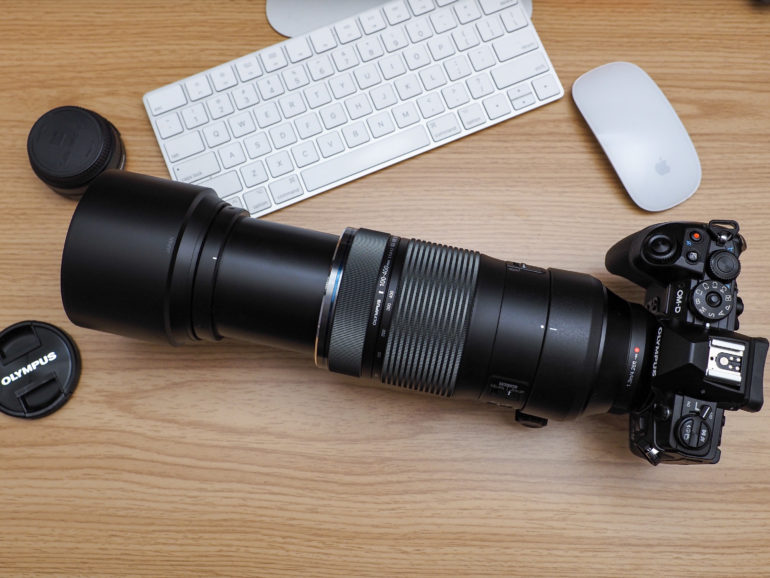
When extended, the Olympus 100-400mm f5-6.3 IS is significantly longer than the Olympus 300mm f4 Pro at about 10.5 inches (13.25-inches with the hood attached). Still, the lens doesn’t become unwieldy at all, and it feels just fine when connected to my Olympus E-M1 III.
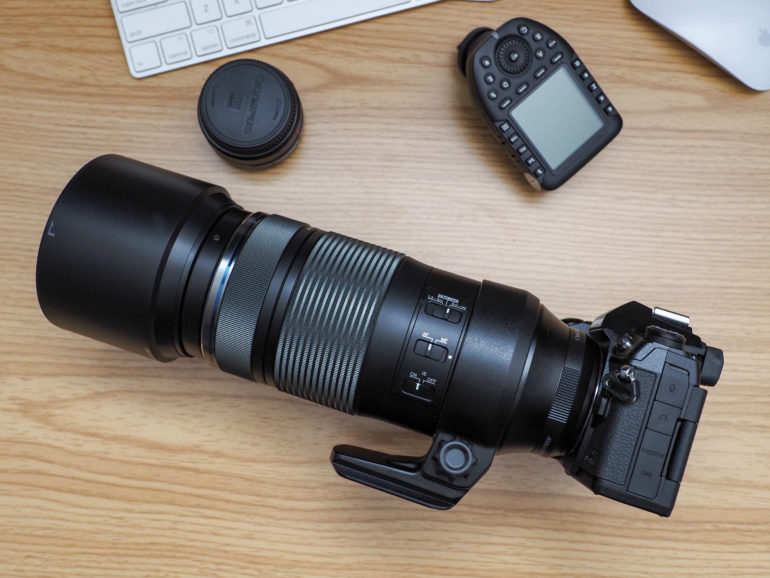
The Olympus 100-400mm f5.6.3 IS comes with a tripod ring, which is a nice bonus, but it is a little on the short and stubby size. Still, it offers an excellent point of contact when you are holding the lens, and the Arca Swiss plate makes it easy to attach to your tripod’s ball head.
On the left-hand side of the lens, you’re going to find the image stabilization switch, a manual and autofocus selector switch, and a focus limiter switch. The Olympus 100-400mm f5-6.3 IS is not an Olympus Pro lens, so there is no manual focus clutch. The exclusion of the clutch mechanism is bound to frustrate many, but the MF/AF control does make it easy to switch between the two modes. The right-hand side of the lens houses a lock switch, which only locks the glass into position when at 100mm.
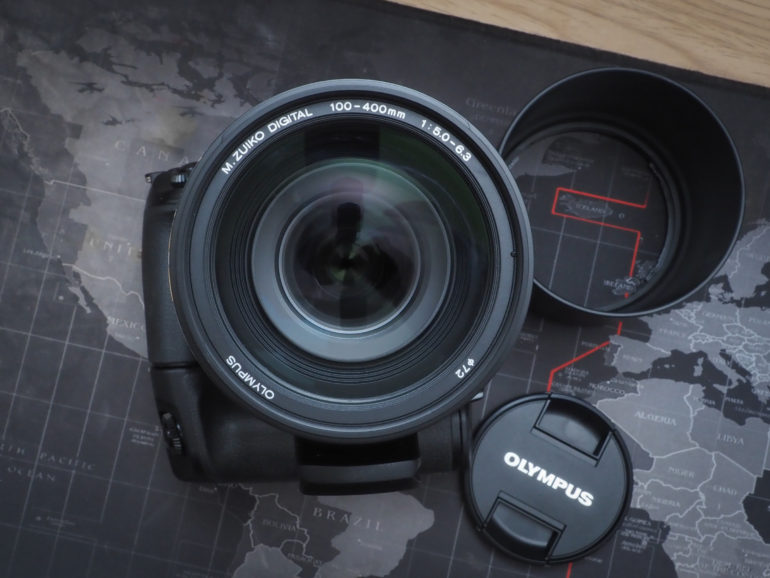
Around the front, you’ll see the front element. This lens has a filter thread size of 72mm, so prepare accordingly if you like to use filters. Overall, from an ergonomics standpoint, the Olympus 100-400mm f5-6.3 IS is pleasant to use, even for long periods. You certainly notice the weight of the lens, but it feels good in the hand.
Build Quality
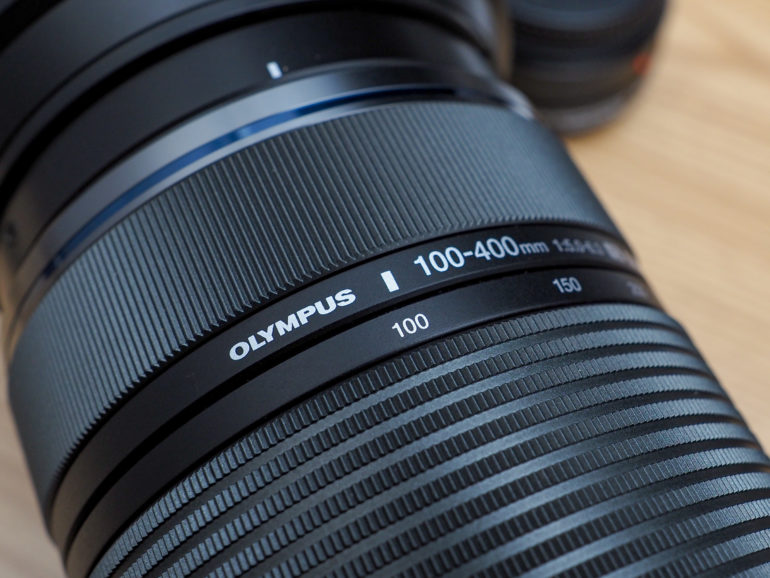
In terms of build quality, the Olympus 100-400mm f5-6.3 IS is nothing short of excellent. While the lens doesn’t have a metal body, it does feature the same pro-grade weather sealing as Olympus’s more expensive Pro line of lenses. This lens has a weather rating of IPX1, which is the same rating that both the E-M1 III and the E-M1X feature. (And trust us, those cameras can withstand hell.) The lens has so far put up with flying dust, dirt, and debris from a motocross track and a drifting event and rain from a passing storm, and it has never missed a beat. As mentioned above, the body of the lens is plastic, but it feels robust and excellent in hand.
“…it has been to sporting events, the lens has been bumped around, and it has been clanged into at a zoo, and the Olympus 100-400mm f5-6.3 IS just brushes everything off.”
Brett Day – Gear Editor
My biggest complaint about the lens in our first impressions piece was that the grip on the zoom ring felt very rough, and it still does. Poke some holes in it, and you could grate cheese with it. You get used to it, but I really wish Olympus used a rubber grip here instead. Both the zoom and manual focus rings offer just the right amount of resistance, and they operate smoothly, and the three switches on the side of the lens all feel nice and solid as well. The lens hood is pretty standard fare: its nothing special, but it gets the job done. And the tripod collar feels substantial and sturdy. The lens has been birding, it has been to sporting events, the lens has been bumped around, and it has been clanged into at a zoo, and the Olympus 100-400mm f5-6.3 IS just brushes everything off. This is a lens that has been built to last. I have no doubts that it will stand up to most things out in the field.
“If you’re new to superzooms like the Olympus 100-400mm f5-6.3 IS, take your time with it. Learn how to hold the lens correctly. Get a good feel for it on your camera, caress it, love it, adore it, whisper sweet nothings in its ear, and you will be rewarded.”
Brett Day – Gear Editor
Ease of Use
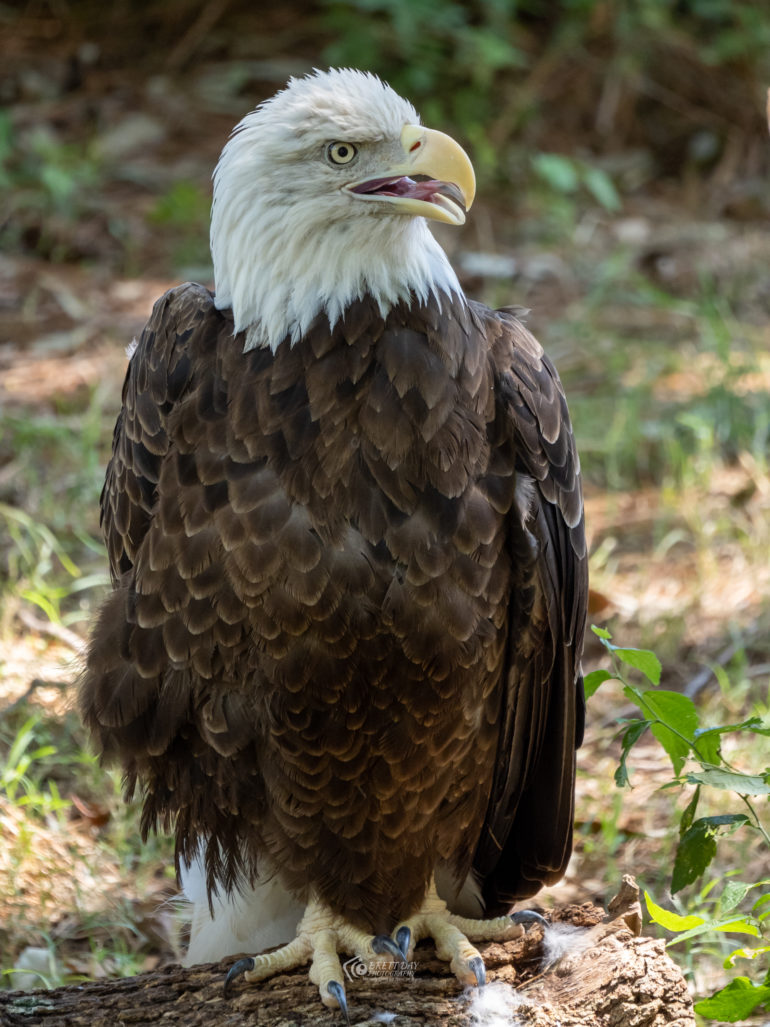
Telephoto lenses, at the best of times, can be a challenge to use. Super telephoto zooms can be even harder to get under control, especially at the long end due to the very narrow viewing angle they produce and just how much vibration is amplified at such long focal lengths. However, I have to say, the image stabilization in the Olympus 100-400mm f5-6.3 IS is excellent, and it does make this lens easy to handhold, even at 800mm equivalent lengths.
This lens does not work in conjunction with the IBIS in Olympus camera bodies, so you either use the IS in the lens or the body. Either way, you’re covered, and you will find both work great. Personally, I used the lens IS, and I was thrilled with the results. The above image of the eagle was captured handheld an equivalent focal length of 800mm, ISO was 800, the aperture was f6.3 (or f13 equivalent), and the shutter was 1/250th. It’s tack sharp. Your mileage may vary based on your own handholding techniques, but you can slow the shutter way down with this lens, and you can capture sharp images. Olympus has made the reciprocal rule obsolete with its image stabilization technology.

Here is another extreme example of just how good the image stabilization is. The snake image was captured at ISO 1600, 1/100 sec, f6.3, at 400mm (or 800mm equivalent). Razor-sharp!
In terms of the actual lens operation, the manual focus and zoom rings are easy to use. One downside is that there is no clutch mechanism to switch between manual and autofocus modes. There is, however, a switch that allows you to change between the two effortlessly. You will also find controls to enable or disable image stabilization and a focus limiter switch, which really come in handy on a superzoom like this one. Another great feature is the fact that the minimum focusing distance is just 4.2ft (1.3m) at all focal lengths.

The Olympus 100-400mm f5-6.3 IS is also compatible with both the Olympus MC-14 1.4x teleconverter and the MC-20 2x teleconverter. I own the MC-20, and let me tell you, it’s a trip to handhold a lens at an equivalent focal length of 1600mm! Check out the hummingbird image above. You guessed it – handheld at 1600mm. I will concede and say that this image is not as razor-sharp as the other two images above, but creating images like this, handheld, at 1600mm equivalency is just an immense amount of fun! If you really want to maximize your pictures at this focal length, just use the lens on a tripod. The included Arca Swiss tripod foot makes it a breeze to take your tripod on and off.
Using the teleconverters is not for the faint of heart, though. Your widest aperture with the MC-20 becomes f13 when at 1600mm, and this means you’re really going to have to crank up that ISO to get a good exposure, and even the most hardened fanboys of the M4/3 platform will tell you that’s not always a good thing to do.

If, however, you find yourself in great light and you have steady hands, and a little bit of luck, you can again slow the shutter speed down, which in turn will allow you to dial back a bit on the ISO (which is what happened with the two hummingbird images above). Still, I wouldn’t recommend going out into the field, thinking you’re going to get keepers galore if you use the teleconverters with this lens as the difficulty level of using this setup goes through the roof. One more thing to remember as well is that at such long focal lengths, heat haze can become a real issue. Keep this in mind when you’re out shooting.
If you’re new to superzooms like the Olympus 100-400mm f5-6.3 IS, take your time with it. Learn how to hold the lens correctly. Get a good feel for it on your camera, caress it, love it, adore it, whisper sweet nothings in its ear, and you will be rewarded.
“While at a local motocross track, I was able to string together bursts of bikes flying through the air with ease, and my keeper rate was excellent.”
Brett Day – Gear Editor
Autofocus
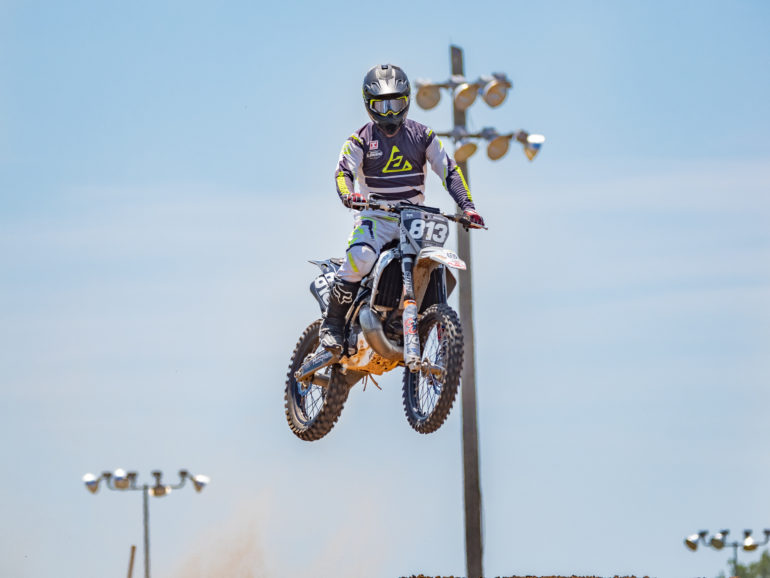
The Olympus 100-400mm f5-6.3 IS is a snappy performer when it comes to autofocus. I have used the lens in AF-S, continuous, and continuous with tracking, and it performed great! While at a local motocross track, I was able to string together bursts of bikes flying through the air with ease, and my keeper rate was excellent. In great lighting conditions, the Olympus 100-400mm f5-6.3 IS will delight you with its autofocus performance. Just point, half-press, and you will acquire focus in a heartbeat. Remember to set the focus limiter switch, or you will wonder why you’re not getting the performance I’ve described. If you have it set to 1.3m to infinity, the lens will have to shift all that glass along the entire focal range, so set it according to what distance you are shooting at.
In lower light and low contrast situations, the lens did struggle just a little bit, and it would hunt before finally landing on a focus point. It’s not terrible by any means (trust me, I have experienced much, much worse), but when it happens, you notice it, and when you know you’re missing a shot because of it, it hurts just a little. Overall, though, autofocus performance is excellent.
Image Quality
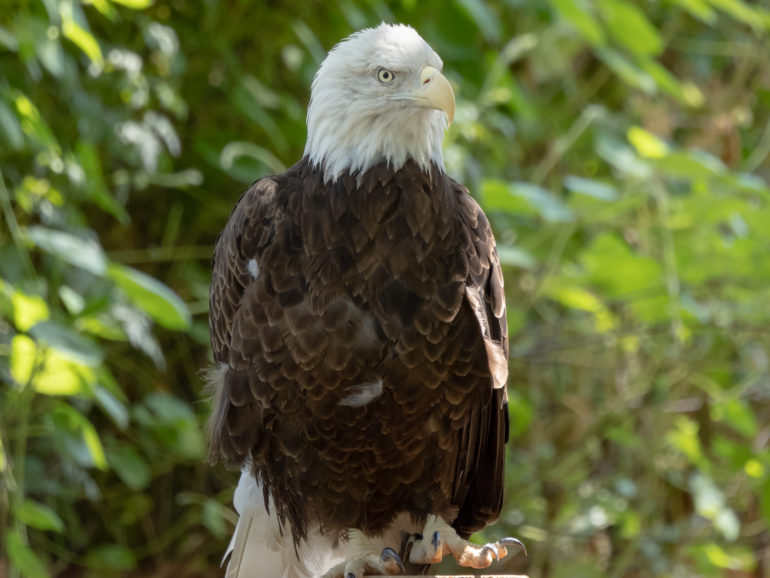
In a word, image quality is stunning. Sometimes you will find superzooms that just lack that ‘something’ compared to other lenses, but the Olympus 100-400mm f5-6.3 IS has helped me produce some cracking shots. Sharpness is there, color rendition is excellent, and distortions aren’t a thing. Let’s break it down a little more below.
Bokeh
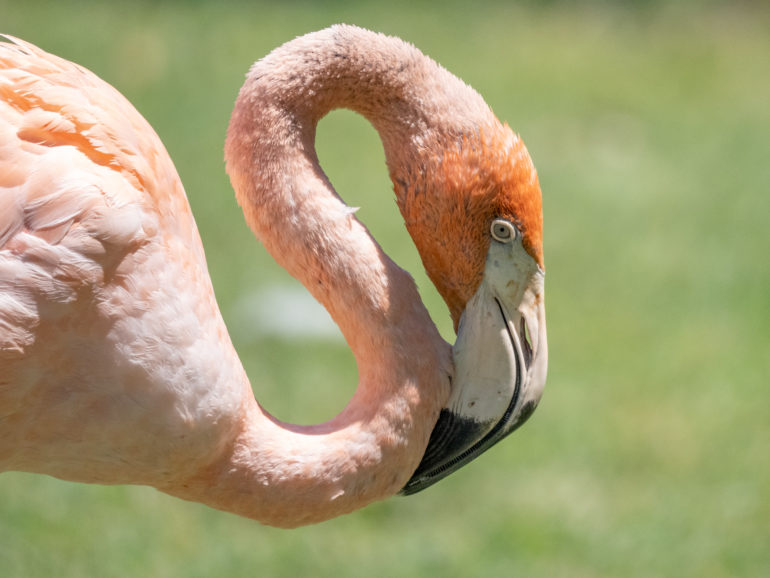
You don’t buy a lens like this for bokeh, but for the most part the bokeh produced is pleasing, especially when at the long end. At the 800mm equivalent focal length, the background can melt away. Even at shorter focal lengths, you will get bokeh, but sometimes it can get a little busy, It’s not unpleasant, but it’s also not the best you will ever see. Still, just know that even at the equivalent aperture of f13, you can create some image separation with this lens if you’re either close enough to the subject, or if compression takes over at 800mm. You’ll see more bokeh in the extra image samples below.
Chromatic Aberration and Distortions

Zero. Zip. Nada. I have been unable to find any instances of fringing, aberrations, or distortion. You have nothing to worry about here. The coatings and elements are working wonders with this lens.
Color Rendition
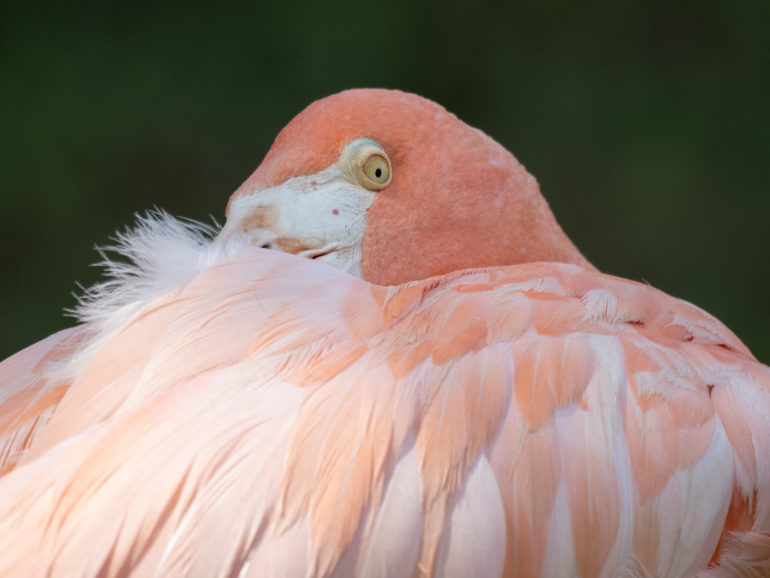
The Olympus 100-400mm f5-6.3 IS renders beautiful, natural colors. The above image is an unedited RAW file. I’m perfectly happy with the way this image rendered without even touching it. You will find that this will happen a lot with pictures created with this lens. Natural colors from a lens designed to be used by wildlife photographers? That’s a win in my book.
Sharpness
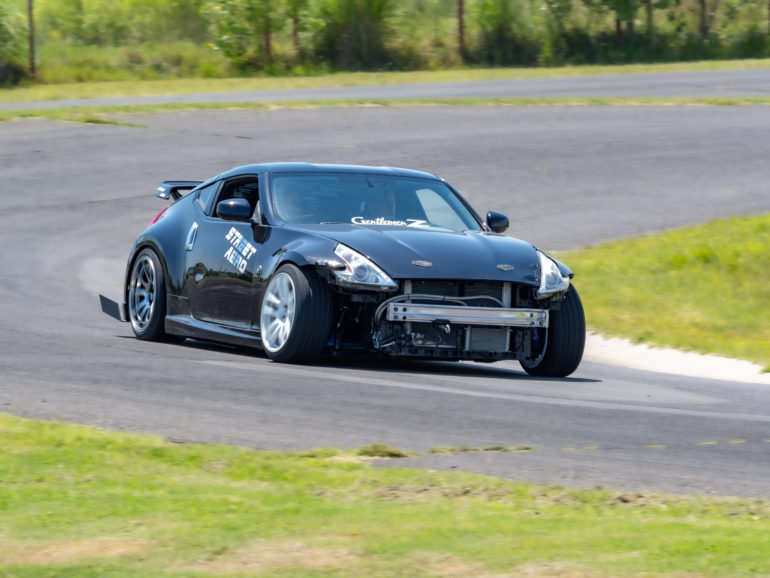
Overall, the levels of sharpness from this lens are fantastic. From 100-350mm, you’re going to get incredible sharpness from corner to corner. When at the maximum focal length of 400mm (800mm equivalent), you will see sharpness drop off a tiny amount, but it’s nothing to write home about. Unless you sit at your computer and pixel peep, you won’t even notice. Add in one of the teleconverters, and you will lose a bit more sharpness, but that’s the nature of the beast with teleconverters. Overall, you will be delighted with the levels of sharpness from this lens.
Extra Image Samples
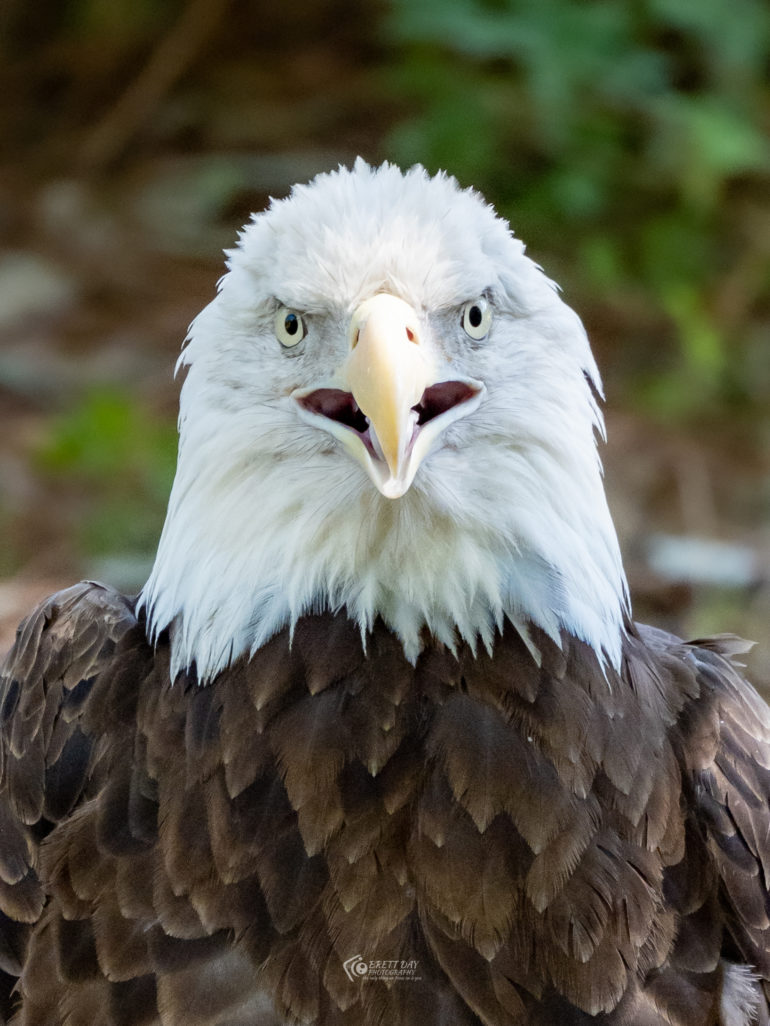
Below you will find a mixture of edited and unedited RAW files so you can get a better idea of what to expect from this lens. Each image has been noted accordingly.
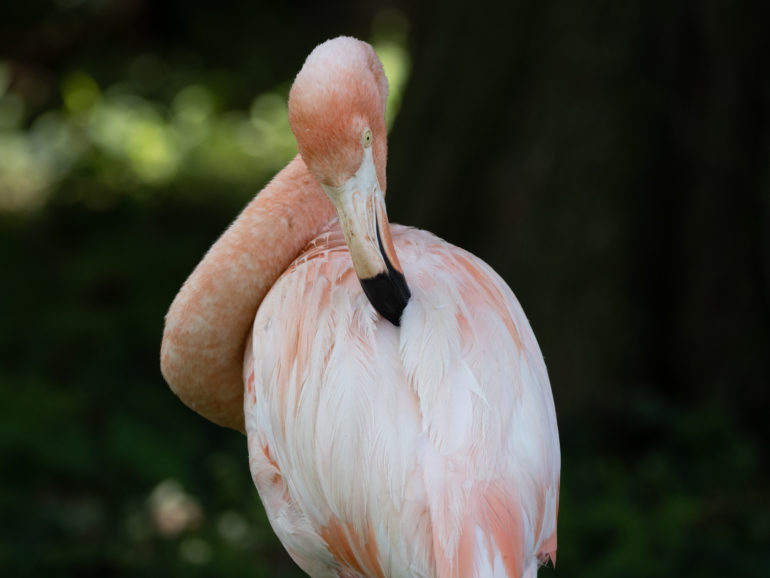
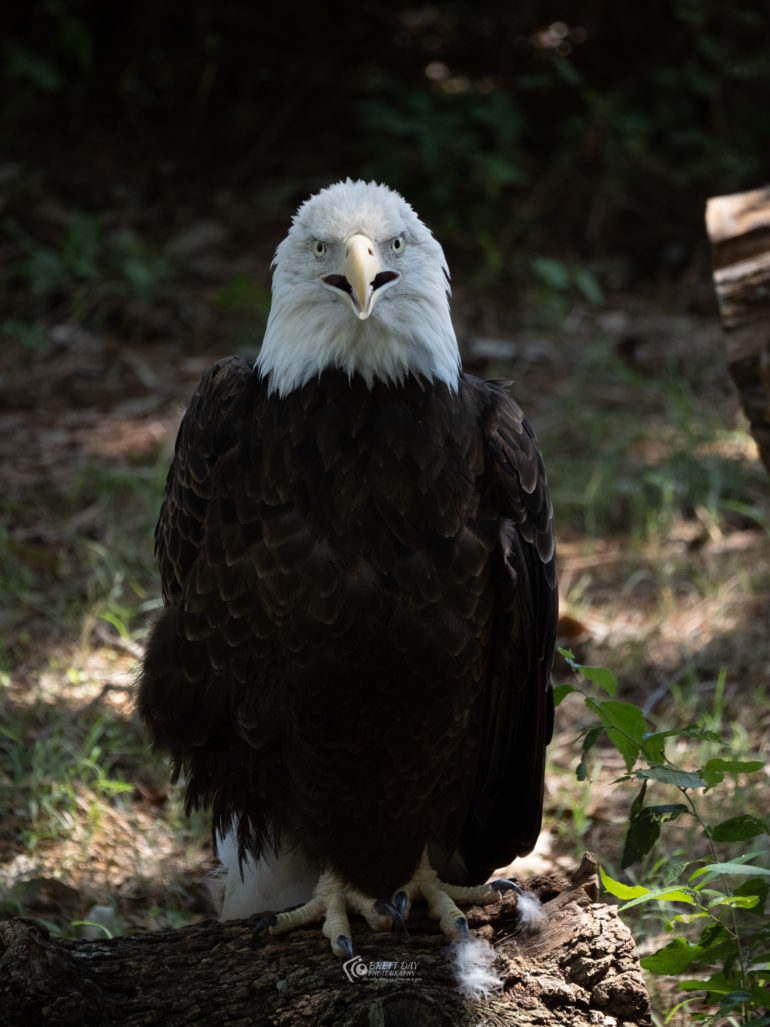

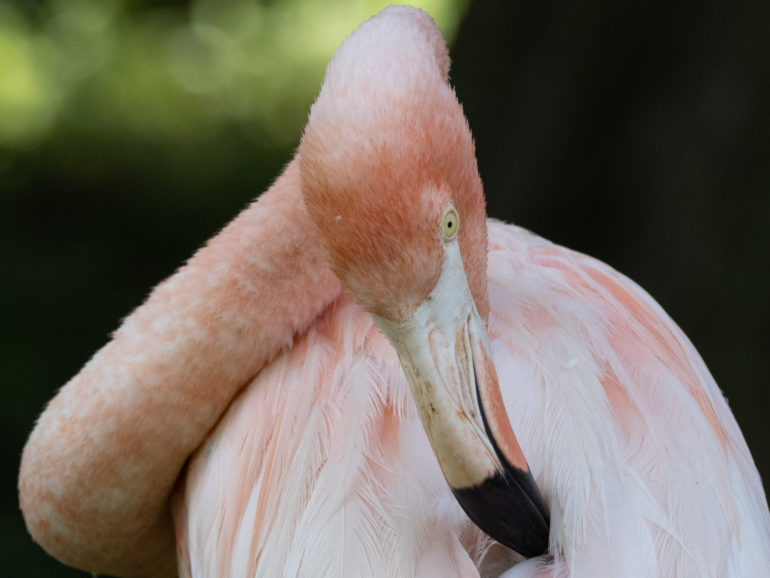
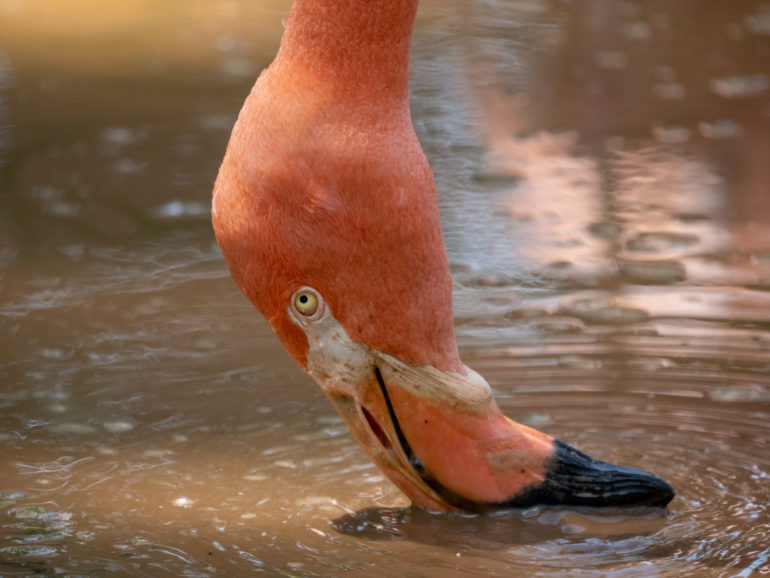





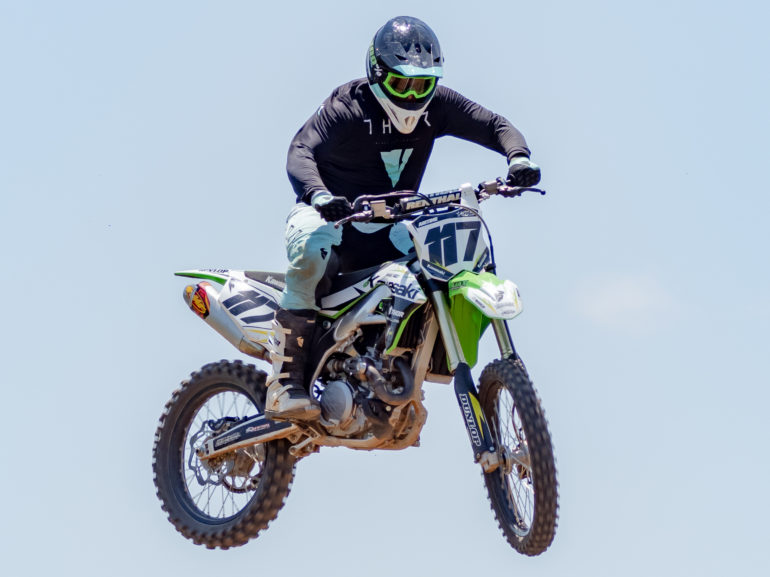
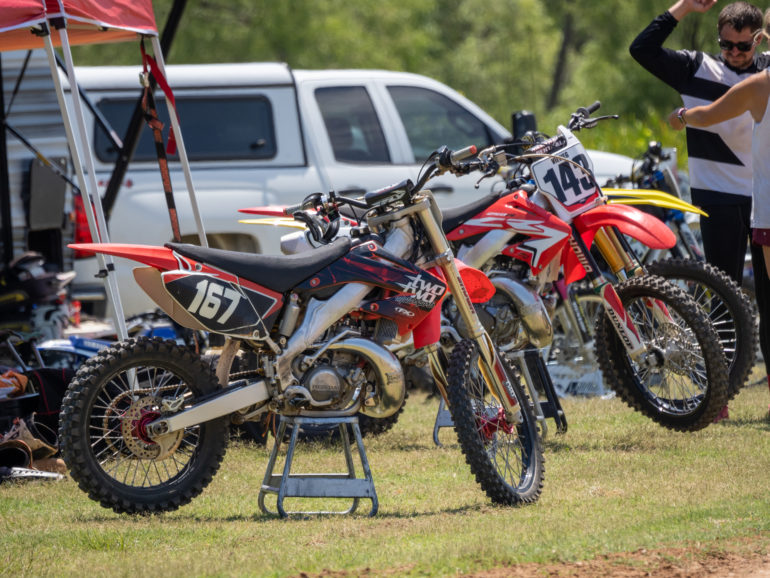

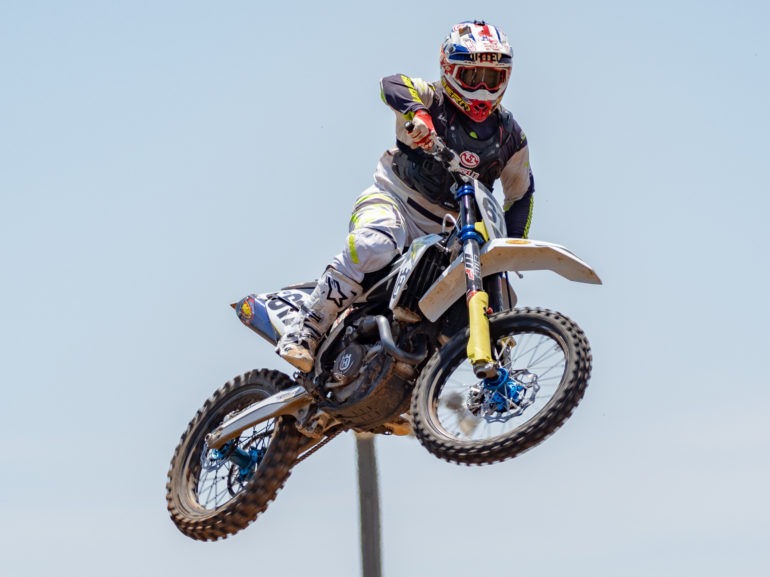
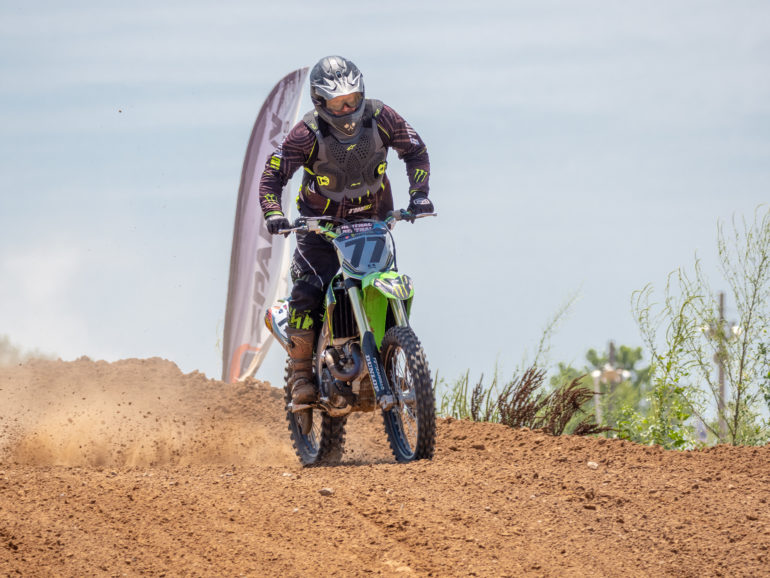
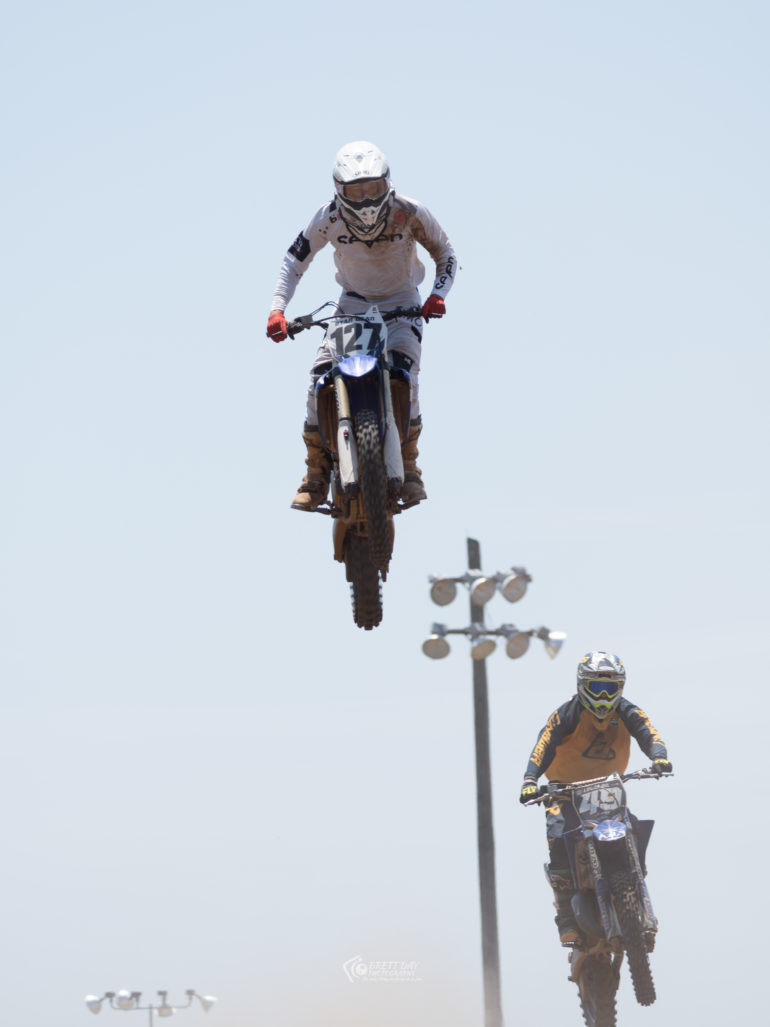
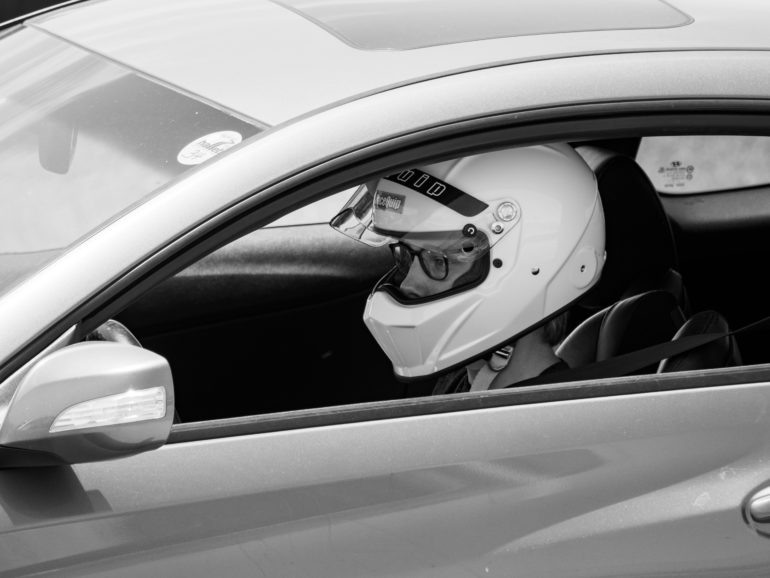


Conclusions
Likes
- Stunning, sharp images with beautifully rendered colors
- Image stabilization makes handholding this lens easy
- It’s built like a tank and will survive being out in the field
- Nicely priced
Dislikes
- The lens hunts just a little in low light situations
- The texture of the grip on the zoom ring
The Olympus 100-400mm f5-6.3 IS is a fantastic superzoom that will delight wildlife and certain sports photographers to no end. Thanks to the incredible optics, gorgeous color rendering, and overall excellent autofocus performance, the Olympus 100-400mm f5-6.3 should be considered a must-have for Micro Four Thirds shooters who want maximum reach at an affordable price point. Throw in the fact that this lens has a weather sealing rating of IPX1, and it’s even more of a bargain at $1,499. If you love the great outdoors and want to capture all the creatures that share the open spaces with us, go and buy it. You won’t regret it.

The Olympus 100-400mm f5-6.3 IS receives five out of five stars. Want one? You can pick one up on Amazon for $1,499.


